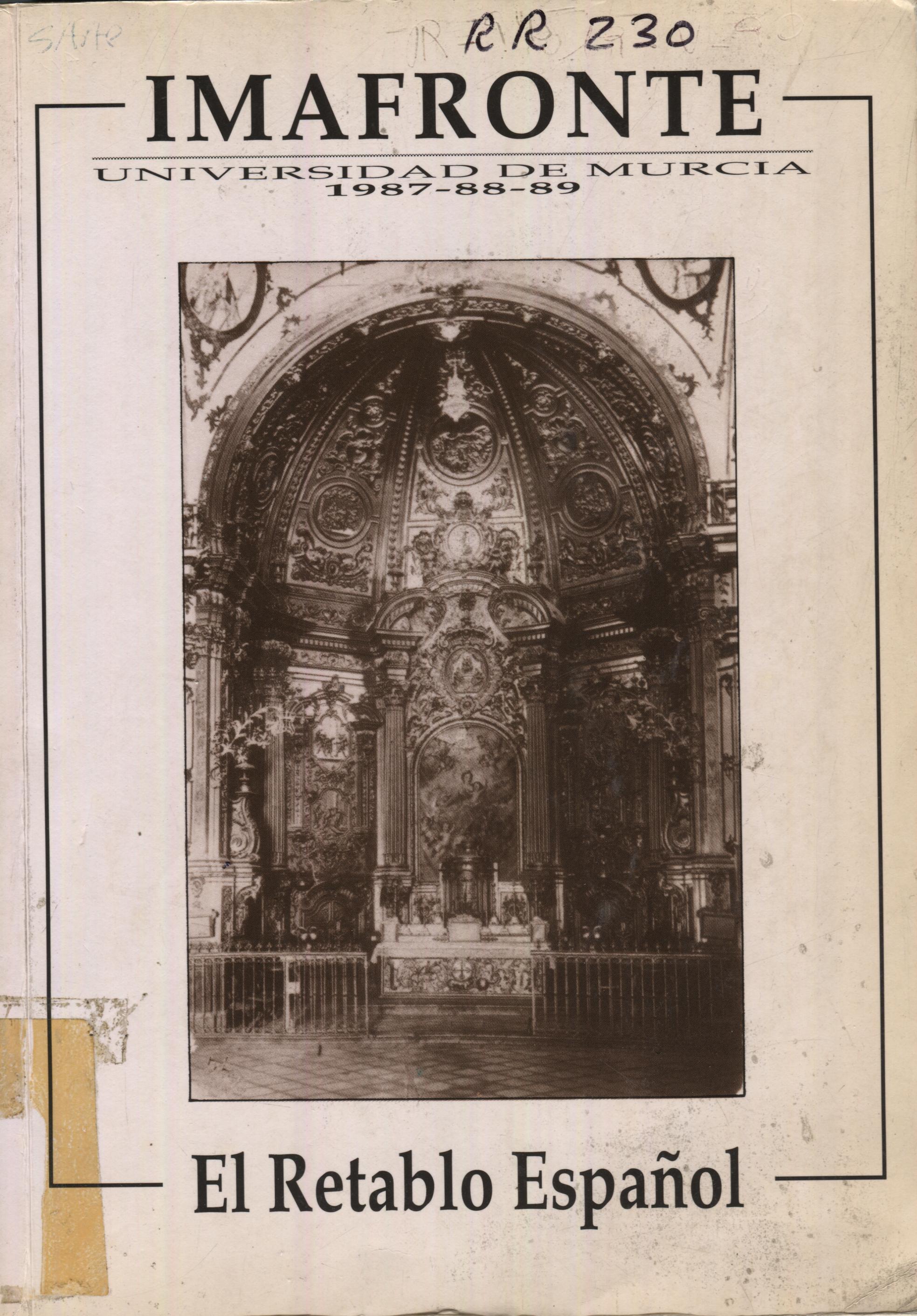NICOLÁS DE RUEDA, ENTALLADOR Y RETABLISTA (ACT. 1728-1755): NUEVAS OBRAS EN MURCIA Y CARTAGENA
Resumen
Master Nicolás de Rueda, whose activity is documented between 1728 and 1755, played a capital role in the compass of the retable-making activity in Murcia during the XVIIIth century. Up to date, his name was known mainly because of the collateral reredos in the parish church of St. Michael, in Murcia, devoted to the Virgen de los Dolores [Mater Dolorosa], and some other works of different scope in Lorca, Jumilla and Murcia itself. At present, we can add the reredos of the Cofradía del Rosario [Rosary Brotherhood] or Patrocinio in the mentioned St. Michael's church, in Murcia, made in 1738-39, and overall the ancient main retable in the church at the Hospital de la Caridad [Charity Hospital] in Cartagena, the contract of which was made in 1755. In these works the author displays and advanced baroque art, connected with the imafronte of rhe cathedral and full of Italian impressions derived from Father Pozo. Their beautiful and fine decoration hints at the Rococo and both specimens are of cardinal importante to locate the stylistic evolution of baroque altarpieces in the Region.Descargas
-
Resumen231
-
PDF158
Las obras que se publican en esta revista están sujetas a los siguientes términos:
1. Los autores ceden de forma no exclusiva a la revista los derechos de explotación (reproducción, distribución, comunicación y transformación).
2. Las obras que se publican en esta revista están sujetas a la licencia Attribution-ShareAlike 4.0 International (CC By SA 4.0). Por lo que se pueden copiar, usar, difundir, transmitir y exponer públicamente, siempre que:
i) se cite la autoría y la fuente original de su publicación (revista, editorial y URL de la obra), permitiendo así su reconocimiento.
ii) se permite remezclar, transfromar o crear a partir del material mientras se mantenga la misma licencia del original.
3. Condiciones de auto-archivo. Se permite y se anima a los autores a difundir electrónicamente las versiones pre-print (versión antes de ser evaluada) y/o post-print (versión evaluada y aceptada para su publicación) de sus obras antes de su publicación, ya que favorece su circulación y difusión más temprana y con ello un posible aumento en su citación y alcance entre la comunidad académica. Color RoMEO: verde.
























